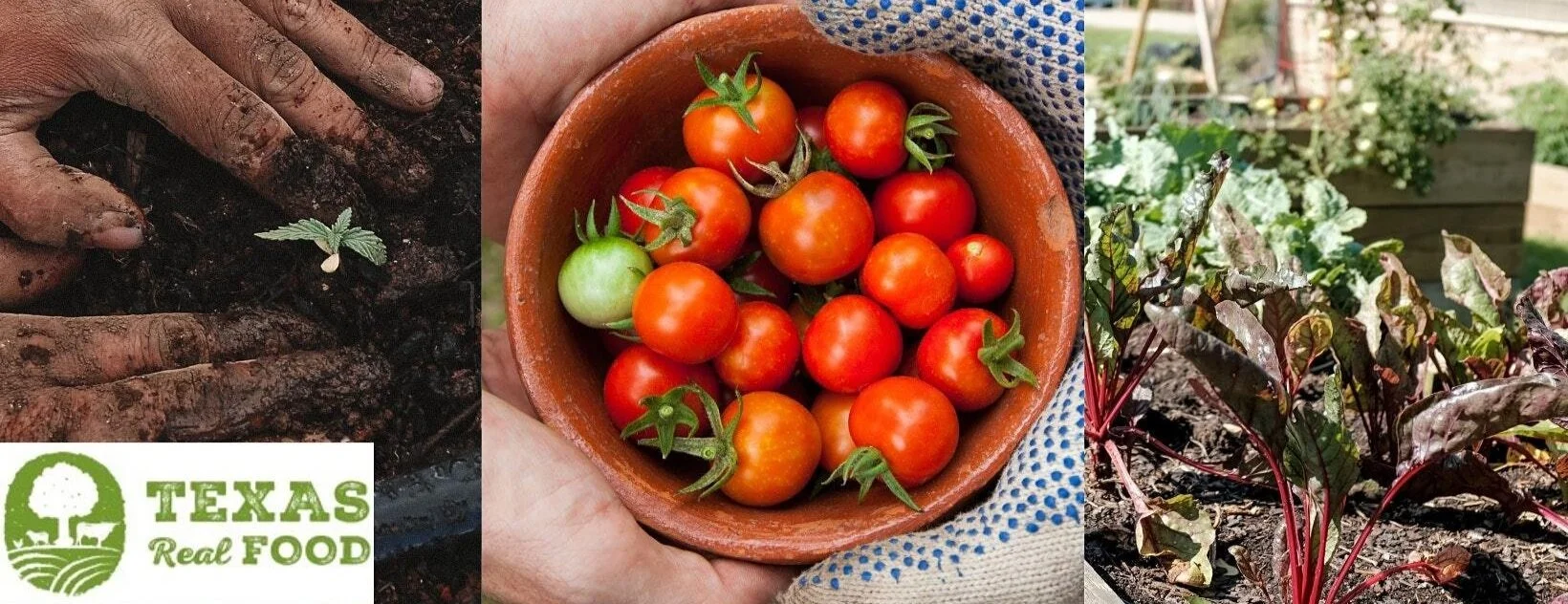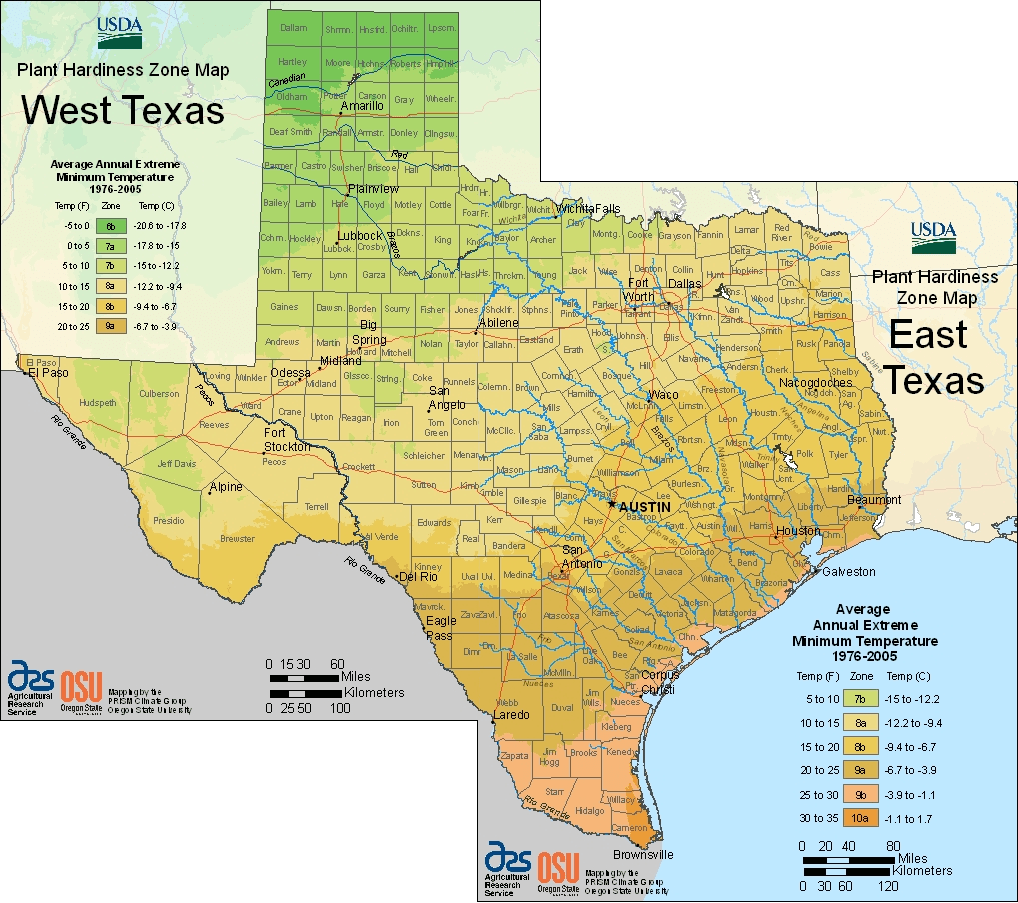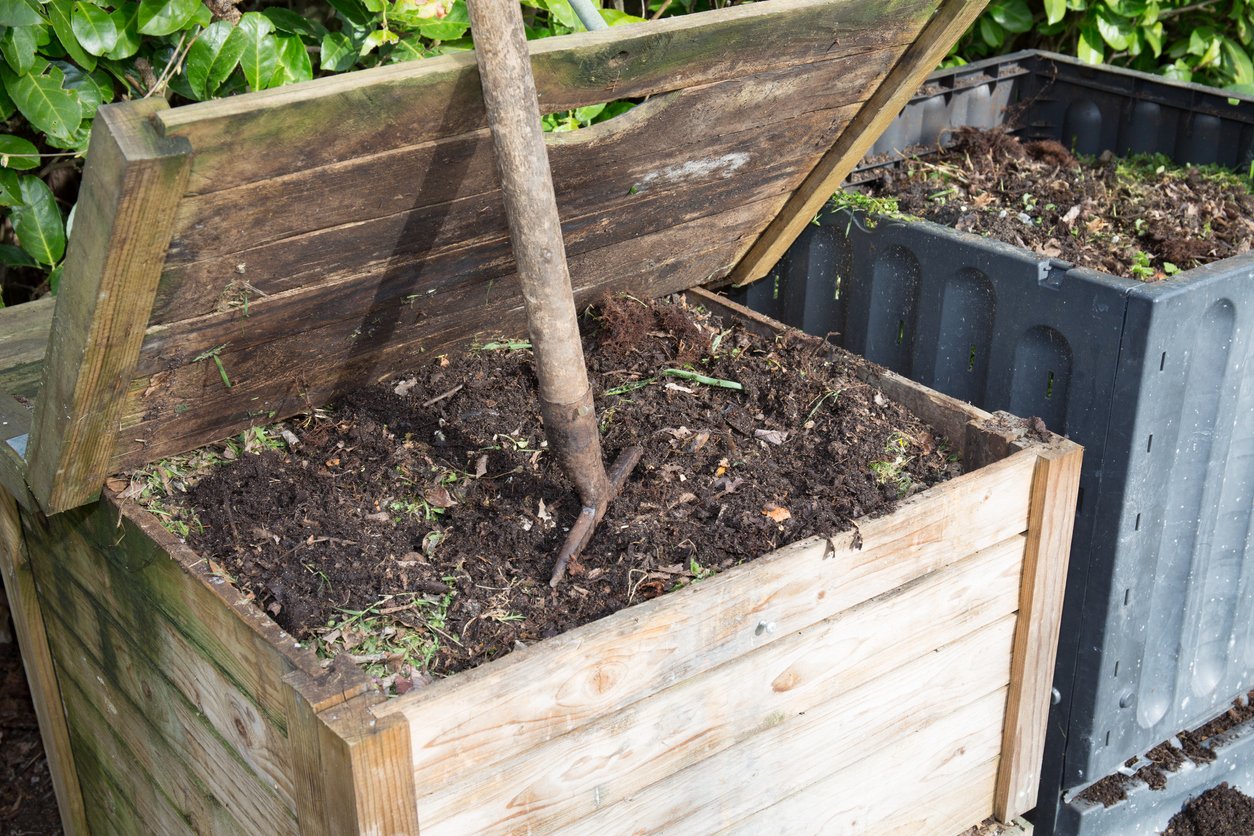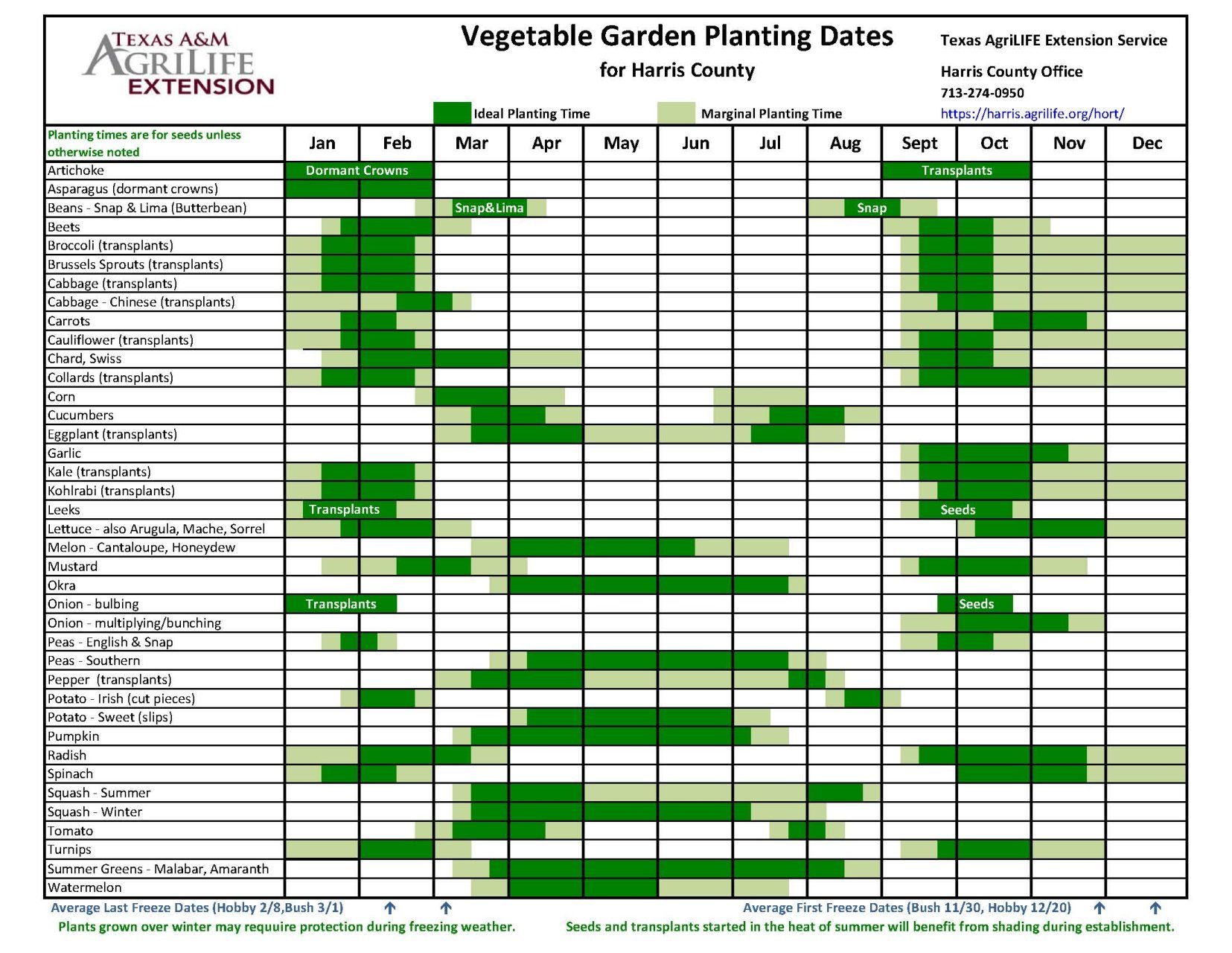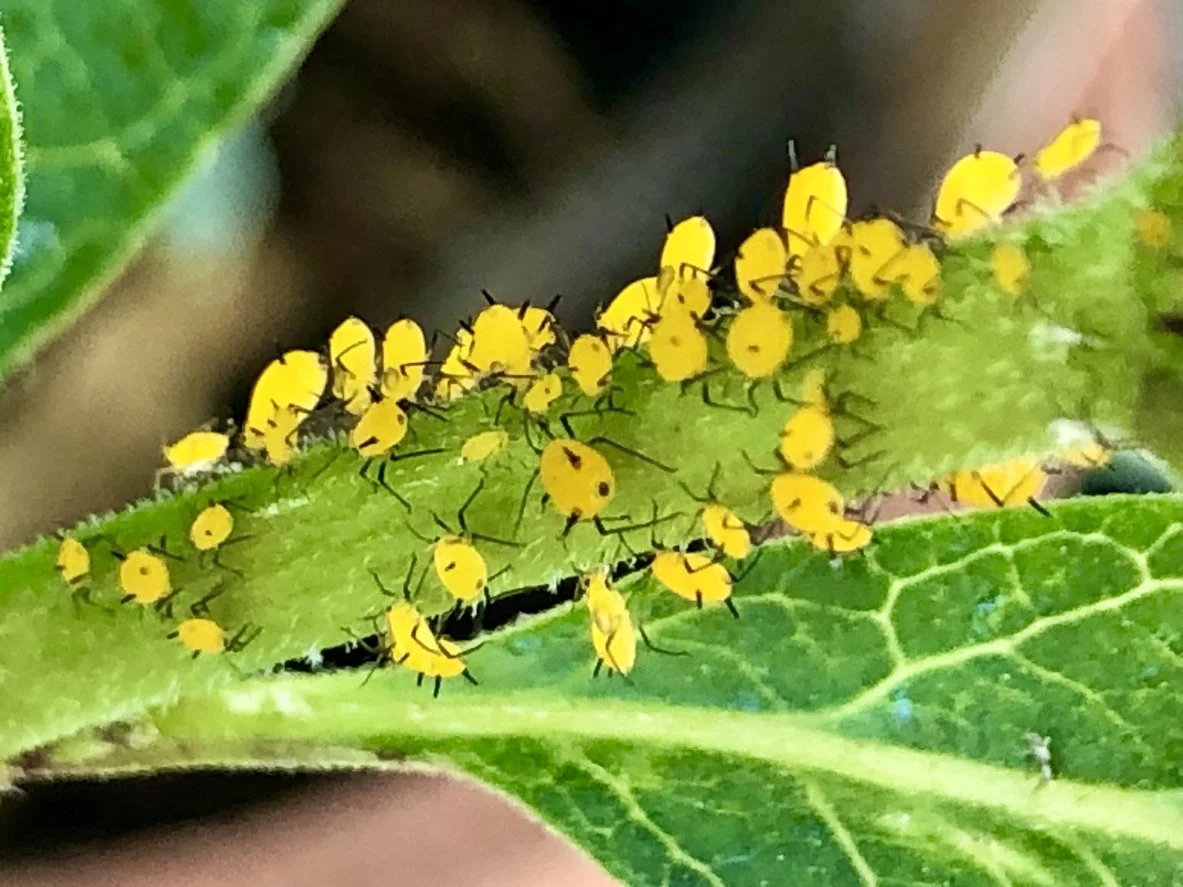Planning A Vegetable Garden
The Step By Step Guide
Discover > Grow Your Own Food > Planning A Vegetable Garden
The free live Webinar hosted by TexasRealFood on How to Plan Your Vegetable Garden in Texas was an eye-opener for me and the other participants at how rewarding self-sustenance can be. Setting up one’s garden at a convenient location can be a great way to get back on track when it comes to ensuring a healthy source of produce. Home-grown vegetables guarantee that you can control how your favorite produce is grown organically and also minimize the risk factor involved when buying from off-the-shelf in big-name grocery stores. You can also give back to your community and even start your own mini farmer's market on your front lawn if you have extra produce that you need to sell. Indeed, there can be multitudes of possibilities once you get to know how to cultivate vegetables on your own.
How-Tos for Growing Your Own Food
Explore a comprehensive collection of how-tos for growing your own food, offering expert guidance and tips to cultivate a bountiful and sustainable home garden.
Despite the apparent rewards of putting up your garden, some may look at the prospect of growing your vegetables on your property as quite daunting. Admittedly, even I had self-doubts about how green my thumb is. But, as a lot of folks in the Texas farming community would say, you won’t know until you get your hands dirty.
Looking back at the very informative webinar hosted by TexasRealFood, I observed key points that the panelists pointed out that piqued my interest and boosted my morale when it comes to starting my own grow. Here are the highlights that, for me, really shine through and gave me the right amount of confidence in being able to grow my own vegetables to feed my big Texan appetite.
How to Plan Your 2022 Vegetable Gardens in Texas - The Panelists
Sarah & Sylvain Calvieres established Talking Tree Farm 5 years ago with a no-till and bio-intensive permaculture project in mind. With their efforts that started with them living in a camper, fast-forward 5 years it has now grown into a farming cooperative that is now composed of 8 small, local, and regenerative driven agricultural entrepreneurs. Talking Tree Farm works towards the ideals of sustainable farming methods which promotes conservation of the ecosystem with a community-centered approach.
Karena Poke of Lettuce Live established her eco-entrepreneurial venture by ensuring under-served communities have a readily accessible source of nutritious food and empowering people through capacity-building by way of growing their food. Karena focuses on building on-site gardens for individuals and businesses while facilitating knowledge-building activities on growing vegetables on the local level.
Plant It Forward (PIF) build up refugees by the development of sustainable farms in Houston, Texas. With a network of 8 farms dispersed into 4 farm sites in Houston’s urban area, over 500 families are provided weekly with nutritious produce through food hubs, farmer's markets, and farm shares. Responsible for training programs, facilitation of land access, and engagement of communities, PIF Farm Programs Director Rachel Folkerts takes a hands-on approach by giving refugees opportunities in the Lone Star State.
Enhance your gardening skills with a focus on garden plants, exploring varieties that add beauty and functionality to your outdoor space.
Key to a Successful Vegetable Garden: Location, Location, Location
In starting your vegetable garden in Texas, you need to consider the options that are available to you when it comes to the available areas for planting. Karena Poke of Lettuce Live emphasizes that before going into anything else, it’s important to ensure where to set up your small farming plot. ‘If you’re doing a garden in your backyard or on the side of your house. If it’s out of sight or it’s difficult to get to it then I think you’ll find every excuse in the world not to do it,’ Karena said.
Once you’ve figured out where to plant your vegetable garden, the next thing that is important to consider is your preferred area’s exposure to sunlight. Most likely, the beginner vegetables that you’re planning to grow should get 6 to 8 hours of sunlight during the daytime. Sarah Calvieres of Talking Tree Farm elaborated on a simple but effective way of tracking sunlight exposure in a specific area. ‘In the morning you wake up. You go on your backyard if you’re planning on putting your garden in the backyard, and you look at where the sunniest spot is. Then, a couple of hours later go back and mark it with some sticks or some rocks. Go back a couple of hours later and see if that’s still the sunniest spot. Maybe it has changed. It might take a couple of days but keep going back into your space and observe to find the best [spot],’ Sarah elaborated. This method ensures that your plants will get the optimal exposure to sunlight to help them thrive.
A water source is another thing to consider when setting up your vegetable gardening area. This is because if your water source may be too far away from your planting area, it may dissuade you from tending to your plants. Karena Poke elaborates further, ‘If you don’t have a water hose or a water spout close by, it may be a little difficult…If you’re a new gardener, the obstacles tend to make you not want to do it…If you’re in Texas in most places you need water. It gets brutally hot in Houston and we need to water, in most cases, every day.’
What’s also important is to familiarize yourself with the Plant Hardiness Zone in your specific area. This will help you make the right decision when it comes to what to plant in your area in Texas. This is because there are specific ranges for temperatures when it comes to climate and how your preferred plant will survive or thrive in your area. Karena discusses how the Plant Hardiness Zones are beneficial to the planning phase of your vegetable garden. ‘We are a 9a…it’s a geographical area defined to encompass a certain range of climatic conditions relative to plant growth and survival. And so, when you look at plant hardiness, if you’re growing something in the wintertime, as a 9a, you want a plant to be able to withstand 20 to 25 degrees is really what it’s telling you. It’s [Plant Hardiness Zone] really for farmers and gardeners and growers. We really go by that when we’re trying to plant something and it helps us really to determine if something is going to survive and most likely to thrive,’ Karena said.
Dive into the world of edible plants with our curated selection, offering information and tips on cultivating a diverse range of plants that are both tasty and rewarding.
Good way to find your zone: https://gilmour.com/planting-calendar
Giving Your Plants the Best Place to Grow Into - aka Growing Medium
Soil is another very important part when growing vegetables. You need to ensure that the soil you’re using is healthy. It should be packed with the necessary nutrients that will be able to maximize your grow and ensure that you have healthy vegetables.
In getting soil, you can either buy pre-mixed soil or make your healthy soil at home. For me, I prefer making my gardening medium since this is the most cost-effective way and great when it comes to managing biodegradable wastes at home. Rachel Folkert of Plant It Forward goes into how Lettuce Live facilitates their composting process by sourcing discarded organic material in their immediate locality. ‘On our farms, we can’t afford to purchase all of our soil and so we use a slower approach. We use a lot of mulching materials. We’ll get wood chips; we’ll get weeds from landscapers in our areas. We’ll heavily mulch probably 12 inches of mulch in between all of our [raised] beds and let that decompose and throw it up onto the bed. Once it’s decomposed that is an effective organic material. What you’re looking for, anytime you’re building soil, is to build up the organic matter,’ Rachel elaborated.
Of course, if you don’t have the area to make your compost, you can buy your topsoil. If you opt for this approach in choosing your growing medium, you should be familiar with where the soil is being sourced. When buying your soil there is a way to determine how healthy your chosen plant medium is. Karena highlights how to tell if your soil is the best for starting up your vegetable garden. ‘The darker the soil, the richer it is with living matter. So, if you’re not really familiar with compost, if you get something that’s kind of gray or grayish then it's void of live matter. So, you want to get a darker, richer soil…The key is knowing where your source is because you don’t want to bring a whole lot of grass because that makes a nightmare of trying. It takes several years to get rid of grass seeds if it’s brought with your soil,’ Karena said.
Unlock the secrets of growing herbs with our herb-centric guide, designed to help you cultivate aromatic and flavorful herbs in your own garden.
Timing is Everything - Schedule Your Grow
See full image from Texas A&M here
Seedling times and ideal planting times are varied and should be strictly observed by first-time cultivators. Sylvain Calvieres of Talking Tree Farm cites examples when planting in season and how important it is to follow this schedule for first-time vegetable growers. ‘Keep in mind to put the seed before the ideal planting time and for tomatoes, it’s like about a month or a month and a half for seeds [to grow] before they go into the ground…For example, for us, as a farmer, when we grow tomatoes, I’m starting my tomatoes in the first week of January or the last week of December. So, they will go into a small pot. And from that pot, 2 or 3 weeks later, when they pull their true leaves, they will go to a bigger pot…and then they will go to the ground between mid-February to mid-March,’ Sylvain said.
Discover the joy of cultivating your own herbs with our easy-to-grow herbs guide, ensuring a fresh and flavorful addition to your culinary endeavors.
Vegetables for the First-Time Grower
There are a lot of vegetables out there and preference would dictate you to go for plants that you prefer. Although quite tempting, certain vegetables would give you a better chance at being successful on your first attempt at vegetable gardening. Rachel Folkerts runs down the best vegetables that are great for first-time growers for Spring. ‘If we’re thinking about the upcoming spring…I’d say sweet potatoes are an easy place to start. Very satisfying. They’re good for your soil – they’re gonna open it up if you have hard soil we do here in Houston. Okra, southern peas, yard-long beans. Some of those are pretty simple if you’re a beginner,’ Rachel said.
Transform your garden into a delectable oasis with our guide to edible garden plants, providing insights into growing a variety of delicious and nutritious crops.
Managing Those Pesky Pests
For me, pesticides are a big no-no when it comes to starting your vegetable garden. This defeats the purpose of ensuring that the vegetables you consume are healthy by using poisonous chemicals on your plants. But, of course, you can’t deny that pests like aphids and other crop-threatening insects or animals, will ruin your vegetable garden. To minimize the chances of this from happening, there is a more natural way where you can use nature itself and put up your mini-ecosystem that would drive away those pesky pests while you plan your vegetable garden in Texas.
Yellow aphids on a wilkweed
Sylvain of Talking Tree Farm highlights how they work with nature to help them manage potential pest problems on their farm. ‘For us at the farm, we don’t use any pesticides at all. Because we believe that nature is perfect and we try to work with it and not against it. So, we try to create an ecosystem that will attract predators…For example, here, we have a lot of problems with leaf fruit-eating bugs that come during the tomato season…artichoke is a very good one because they love artichoke. We use more and more weeds for aphids issue. We realized that aphids really like milkweed and we just leave them there…If there are plants that attract a specific pest then it’s good to plant them on the border of the garden,’ Sylvain said.
With these key points, the Free live Webinar hosted by TexasRealFood on How to Plan Your 2022 Vegetable Gardens in Texas gave me great insights on gardening. Of course, I understand that there will be challenges along the way but I won’t let it stop me from trying. It has been my dream of allocating space in our backyard to grow my very own vegetable garden that gives me the peace of mind that the salad I’m tossing together is organic and free of chemicals that may harm me and my family.
Explore the world of landscaping plants and elevate the beauty of your surroundings with our guide to choosing and growing plants that enhance your landscape.
Miss the event? You can check out the live recording of the event here.
Again, much love to our panelists from Talking Tree Farm, Lettuce Live, and Plant It Forward (PIF).
If you want to consult with them, want to help out, or just want to say "Howdy!" reach out to them!
P.S. Talking Tree Farm is holding a fundraiser! The proceeds go to building a permanent structure for the farm’s outdoor classroom, and you get a shirt out of it as well! Get one of their shirts today and help educate future farmers here.
And in Karena's words, "You start growing something edible!"
Want to become a farmers market vendor? Click here!

